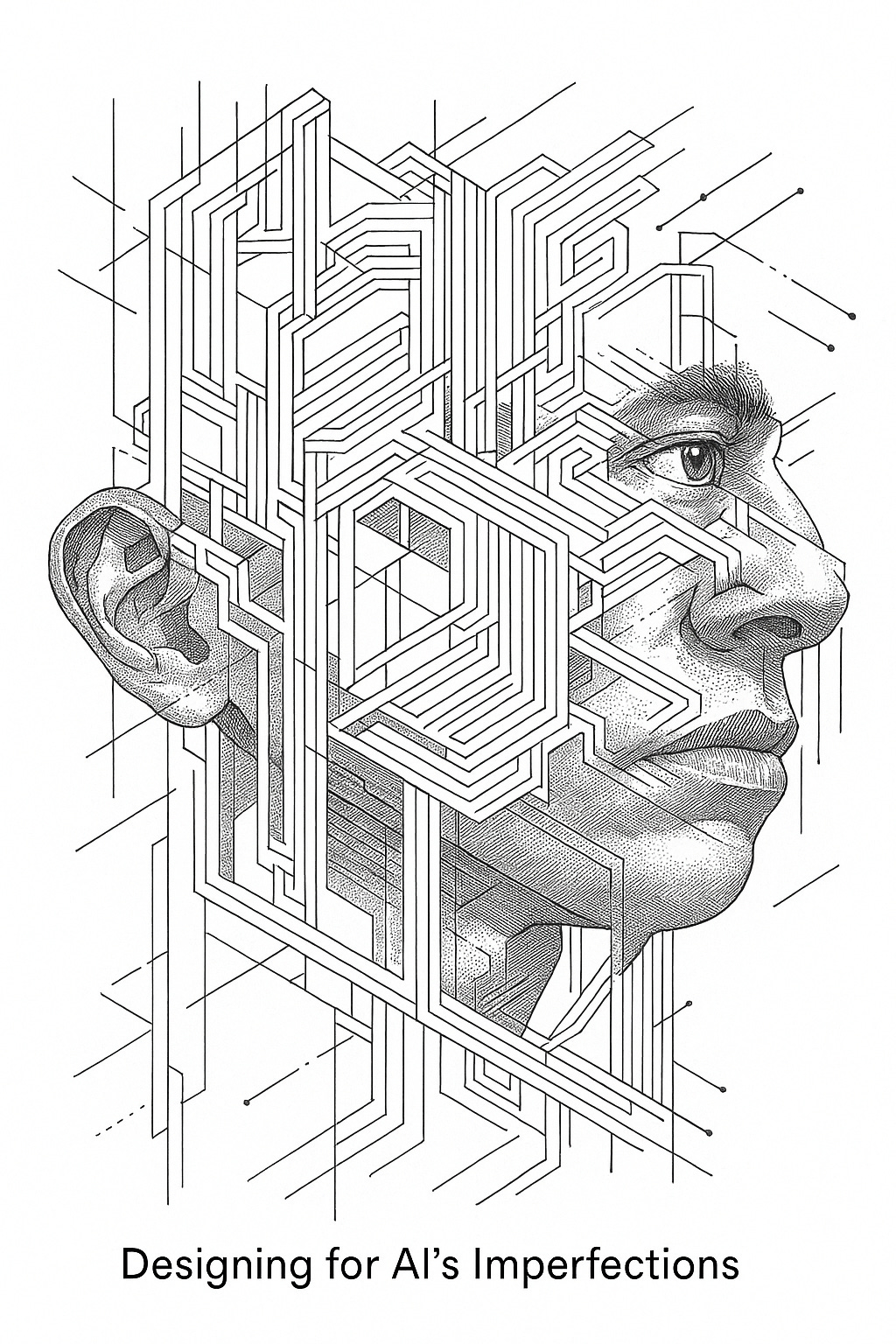What designers need to know to stay ahead in today and tomorrow's world
We are rapidly moving into the world where AI will soon become AI agent. In the coming future we might not be using smartphone anymore. What do you need to know and what skills should you hone?
Ok, 2025 is the year that everything goes fast and furious. New exciting technologies emerge every few months or even weeks. There are multiple things we should know and be good at as a designer in order to operate in today and tomorrow’s world. And what would be better than ask AI what are crucial things we need to know and learn as a designer?
From below here you will see a summary of what ChatGPT thinks we should be looking into. (Which I completely agree and really excited about.)
What are we expecting to see more and more is the invisible interfaces. Traditional design has relied on the visible: buttons, layouts, and structured flows. But invisible interfaces demand a new mindset. These are systems that:
Respond without being explicitly summoned (e.g. smart home devices)
Operate based on voice, gestures, or environmental context
Predict needs and act autonomously, not reactively
As a designer, you're never just drawing UI. You're shaping behaviours, mental models, and relationships between users and intelligent systems.
With no screen to guide the user, feedback becomes everything like sound, haptic signals, lights. These subtle cues are now the UI. Invisible interfaces also require designers to think about how the system exists within physical environments. For example, how does a smart speaker signal it has heard a command? How do you guide users when there's no menu to tap through? Designers must leverage sensory cues to fill in the gaps left by the absence of a screen.
Voice is powerful but vague. Users don’t know what's possible. Unlike visual UI, voice interactions are ephemeral. You hear something, and then it’s gone. This makes memory load a real challenge. Designers must carefully script flows that reduce cognitive effort, confirm commands clearly, and offer repetition or clarification options.
Designing for voice also means understanding tone, pacing, and even cultural context. A chatbot for teenagers might sound very different than one used in healthcare. Empathy and emotional nuance become design elements.
The future blends touch, voice, gesture, and context. You need to design for seamless transitions between modes, ensure accessibility across multiple inputs and create experiences that adapt to environment, device, and user preferences.
Multimodal interaction means users might start a task with voice, continue it with touch, and complete it with a gesture. Designers must create continuity across these modes. Consider how to maintain state, ensure feedback, and reduce friction when users shift from one mode to another.
Think of a user navigating a smart home: they speak a command to dim the lights, tap their wearable to adjust the temperature, and wave to pause the music. All of these inputs must feel cohesive, intuitive, and responsive.
AI is not perfect. It makes mistakes, guesses wrong, and learns over time. Your designs must include error recovery and graceful failure paths, help users understand why the AI did something and always offer user control and override options.
AI systems can misinterpret commands, surface biased content, or make recommendations that feel "off." Designers need to plan for these moments. Offer clear ways to report errors, undo actions, and give feedback. Design for learning and improvement over time.
This is where human-centred design becomes more critical than ever. Your job isn't to make AI smarter; it's to make AI understandable. To design systems that feel intuitive, fair, and respectful of users' boundaries.
Final thoughts
What I learnt from this conversation with ChatGPT?
Designing for the unseen means prioritising clarity over cleverness. It means helping users feel empowered even when they’re not in full control. It means designing not just the interface, but the relationship between human and machine.
We are designing for a world where the best interface may be no interface at all. The work of design is no longer just visible; it’s behavioural, contextual, and deeply human.








